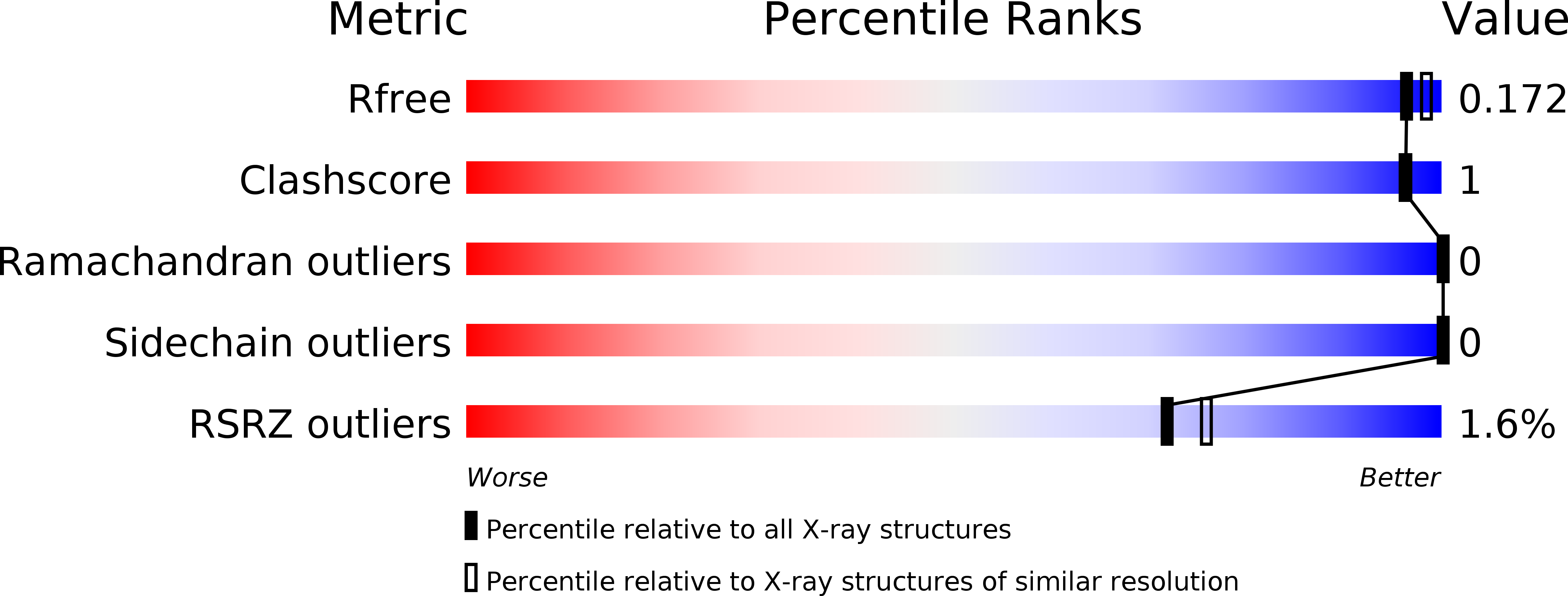
Deposition Date
2016-11-02
Release Date
2017-09-13
Last Version Date
2023-11-08
Entry Detail
PDB ID:
5H4R
Keywords:
Title:
the complex of Glycoside Hydrolase 5 Lichenase from Caldicellulosiruptor sp. F32 E188Q mutant and cellotetraose
Biological Source:
Source Organism:
Caldicellulosiruptor sp. F32 (Taxon ID: 1214564)
Host Organism:
Method Details:
Experimental Method:
Resolution:
1.70 Å
R-Value Free:
0.16
R-Value Work:
0.14
R-Value Observed:
0.14
Space Group:
P 21 21 21


